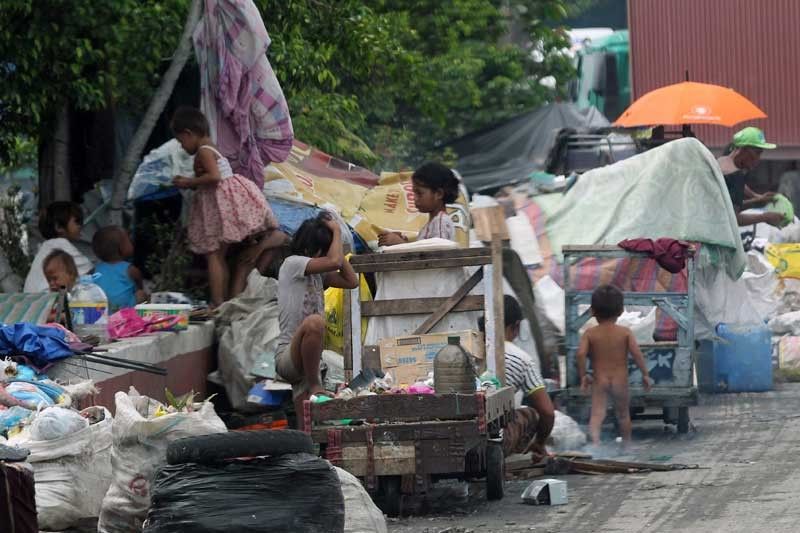Poverty reduction goals still attainable — NEDA

MANILA, Philippines — The country can still attain its poverty reduction goals despite the adverse effect of soaring consumer prices on the poor, according to the National Economic and Development Authority (NEDA).
Socioeconomic Planning Secretary and NEDA chief Ernesto Pernia said the country has plenty of time to catch up on poverty reduction efforts slowed down by the spike in inflation and the recent onslaught of Typhoon Ompong.
“Inflation, of course and the destruction brought by the typhoon are going to be temporary or transient gusts of wind that would slow the progress of poverty reduction but then these are temporary. This administration still has close to four years to go and so there is still a lot of time to make up for the setbacks brought about by the temporary gusts, headwinds. We can still achieve the poverty targets,” he said during an economic briefing Tuesday.
He also noted that the country would be able to attain upper middle income status sooner than originally envisioned – by 2019 instead of 2022 – owing to its high growth trajectory and new broad-based nature.
Under the country’s new medium-term development plan, the Duterte administration aims to transform the country into an upper middle income economy by 2022 through rapid poverty reduction in rural areas.
By 2022, the Philippines is envisioned to become an upper-middle income economy, growing by seven to eight percent annually.
Overall poverty rate is also targeted to decline from 21.6 percent in 2015 to 14 percent by 2022. Poverty incidence in rural areas is targeted to decrease from 30 percent in 2015 to 20 percent in 2022.
“Actually, we are better than on-track, we will attain upper middle income status by 2019,” Pernia said, noting that by World Bank’s definition, upper middle income countries must have an annual per capita income of between $3,900 and $12,900 for countries to be categorized as such.
“We are just below the $3,900 (per capita income). By 2019, even if the per capita income grows by only 4.4 percent, we will hit over $4,000 per capita income,” he said.
For now, rising inflation is eroding the purchasing power of Filipinos. Inflation rate surged to 6.4 percent in August, the fastest in nine years.
The August figure is higher than the 2.6 percent registered in the same month last year and the 5.7 percent inflation rate in July. Core inflation was up 4.8 percent.
This brings year-to-date headline inflation to 4.8 percent.
The price spikes are largely blamed on supply-side issues against which monetary policy has little effect.
Measures have been proposed to increase the supply of key foodstuff to drive down prices.
- Latest
- Trending

























